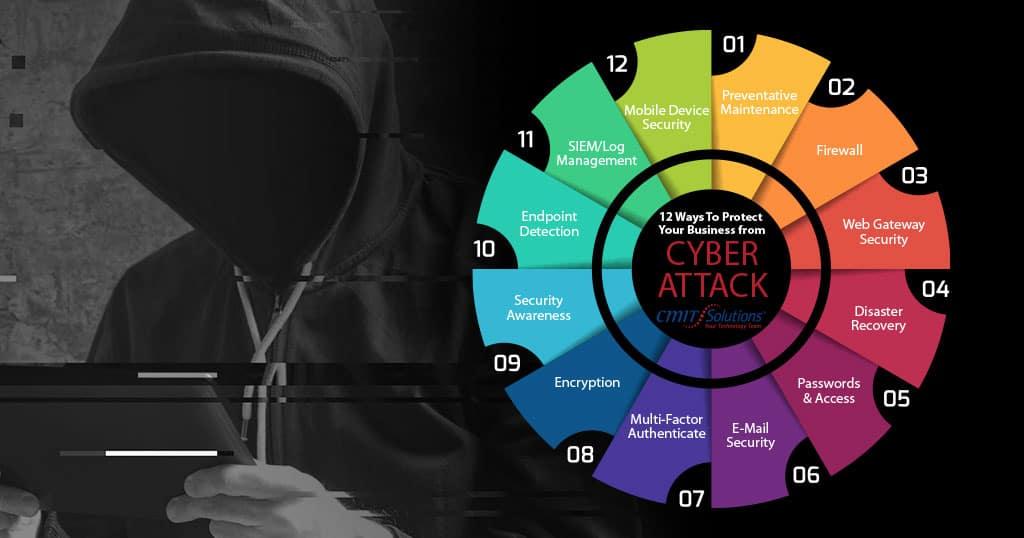In our digital age, businesses have more than a few types of data that are critical to their operations. When thinking about the digital data that you can’t do without, what would happen if you couldn’t access it or it were lost completely? Your data is subject to both natural and human threats, but is the cost of protecting it truly worth it?
Does Data Backup REALLY Matter?
With the amount of data your company relies on to run your daily operations, it’s essential to ensure it is safe and usable. It’s integrity is under constant threat, so a robust protection and disaster recovery plan is vital.
You Need to Protect Your Business From:
- Hardware failure
- Human Error
- Natural Disasters – hurricanes, floods, fires
- Power Outages
- Ransomware & Cyberattacks
Cost of Ignoring Data Backup
Your business can not operate normally without immediate access to a variety of digital data. There can be a hard cost to your business due to lost sales, lost production time, and stolen money. Not to mention the cost of having to pay experts to analyze and fix the problem. Cyberattacks and data loss can also harm your business’s reputation with your customers and even your employees, unsure if their sensitive information is safe. Data loss is 100% preventable, and the right plan can ensure these things don’t happen to your company.
Important Considerations For Data Backup and Recovery
The Rule of Three is essential when developing a data backup plan. Critical business data should be saved in three places:
- Where the source data resides, such as your computer or server
- A backup copy on another type of media in your possession, such as on an external hard drive
- A backup copy of the data stored offsite
Example: A business’s QuickBooks file – it’s stored on the server, on a backup device in the server room, and one more copy is stored in an offsite data backup location on a server.
Another critical point to consider about your data backup is recovery. If you are backing up your data, but you can’t recover or restore the data, your backup efforts were futile. If you don’t ensure you can access the data or that data is truly being backed up, you could need to access those backups to find that they don’t exist. Even if you have data saved to a drive, but the hard drive itself fails, you wouldn’t be able to recover the data that was on it. An essential step in any data backup plan is to ensure that the data is backed up and recovered by doing test restores on your critical files.
Developing a Data Protection Plan:
The first step is to determine what your critical data is and where it is currently stored. Next, think about how long your business can be without access to the different data types, which is your recovery time objective (RTO). Then determine how large this pool of data is. These points will guide you towards what kind of solution is right for your business based on the needs you have identified in the previous steps. Another critical step is determining who will monitor the software and who is going to perform test restores of the data.
At CMIT Solutions, we are experts at guiding businesses through this process and helping them find the right solution that meets their objectives. We offer fully managed, cost-effective data backup, business continuity, and disaster recovery services that automate much of the heavy lifting of the monitoring, maintenance, testing, and restoration of data in the event of an emergency or incident.
Contact us for a free consultation to determine your business’s needs for data backup and protection!




